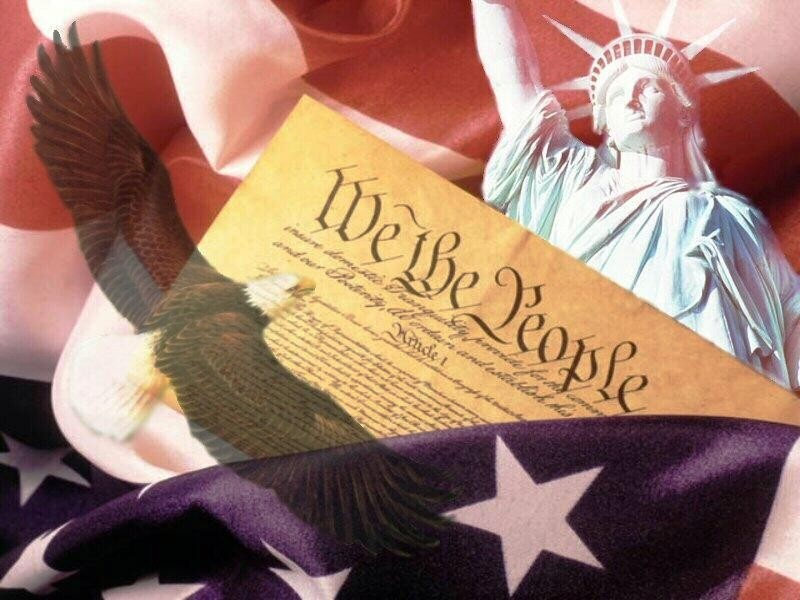 Several teachers have asked whether the Civic Mirror would fit well with U.S. History classes … and the answer is an enthusiastic YES! There may not be, in fact, a government simulation that can better help students appreciate how the United States works, while providing them with a sense of empathy for the many Americans who have governed and participated in the grand experiment.
Several teachers have asked whether the Civic Mirror would fit well with U.S. History classes … and the answer is an enthusiastic YES! There may not be, in fact, a government simulation that can better help students appreciate how the United States works, while providing them with a sense of empathy for the many Americans who have governed and participated in the grand experiment.
It’s funny, actually, because U.S. history is really the story of nation-building and social, political, and economic experimentation … and that’s exactly what the Civic Mirror gives students a chance to do.
Nevertheless, because the Civic Mirror is a government simulation, rich with economic features, the fit with U.S. History courses is a natural one.
What follows are teacher-generated ideas on how the Civic Mirror fits with U.S. History courses, and some of them are absolutely brilliant. If you’re not familiar with the Civic Mirror, have the CM Event Summary handy as you read through them.

Creation of the United States
Some teachers have paralleled the Formation of the Union with the Create National Identity event. This is cool because it helps students relate to this historical development in a way they just wouldn’t be able to otherwise – Students are creating their own country as they study of the United States was created.
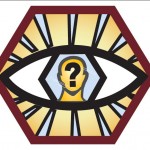
Founding Fathers
Roughly at this time your students will be given their Citizen Profiles (i.e. $$ and Hidden Agendas). What some teachers have done is challenged their students to find what U.S. historical figures shared similar views and beliefs as those outline in their hidden agendas. For example, Hamilton aligns with the capitalists, Jefferson with the environmentalists (i.e. for his belief in agrarian economies), FDR and his Keynesian economic policies with the socialists, and pro-slavery figures would align with the ‘cultural supremacists.’
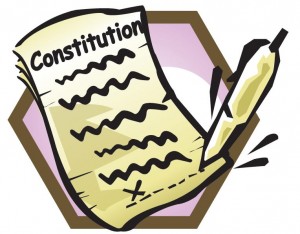 Constitutional Democracy
Constitutional Democracy
The next CM Event is the National Constitution event (and recall that U.S. Civic Mirror uses the U.S. Constitution, with a few modifications). This event lends itself well with the Philadelphia Convention of 1787 and the Bill of Rights (1791). What’s cool is because your students now have their own $$ and hidden agendas, they should be – with your coaching – be studying the constitution strategically and with a purpose … trying to find ways to use certain constitutional clauses to their advantage.
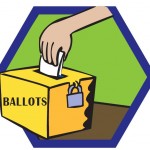 Formation of U.S. Political Parties
Formation of U.S. Political Parties
The Civic Mirror elections event can be paired with many U.S. historical events, but, about 10 years after the Constitution was ratified in the previous unit, the formation of America’s two political parties occurred, making the sequence perfect. So, while students study the Federalists and Anti-Federalists, they will be forming their own political parties – charged with their own Hidden Agendas.
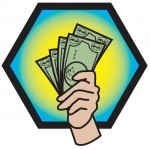 Economic Progress and Economic Progress
Economic Progress and Economic Progress
The natural fit for the Hex Auction is Western Expansion and the procurement of land and assets in the frontier states. If you don’t pair it that way, at the very least, you could break out into a mini-lesson on how almost all the power brokers in U.S. history were property owners and financiers … which is cool because (and you can build your lesson around this fact) it will likely be the same in their Civic Mirror countries too!
 Three Branches of Government
Three Branches of Government
The nation-building process ends after the Hex Auction and thereafter your students will progress through and repeat the 4 Civic Mirror Game Events: the Government Event, Open Market, Town Hall, and National Court. These events will provide your students with an experiential frame of reference from which they’ll be able to better understand the complex history of U.S. politics, economics, and society.
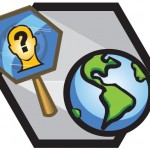 Reflection & Connection
Reflection & Connection
Be sure to check out the “Reflection & Connection Essay” at the very back of the Instructor’s Manual. This would be a great assignment to use after your students completed their first or second simulated year. Basically the assignment asks them compare an event or development that occurred in their own simulated nation to one that actually occurred in history (in this case U.S. history). Then they need to determine what important “lessons learned” the people learned and how they would be able to help their classmates (or fellow citizens).
Students Recording Their Own History
Lastly, one teacher had his students record their Civic Mirror country’s history and share their historical notes after the simulation ended. The goal was to show students how the recording of history is largely dependent upon the authors, and how authors are subject to bias.
